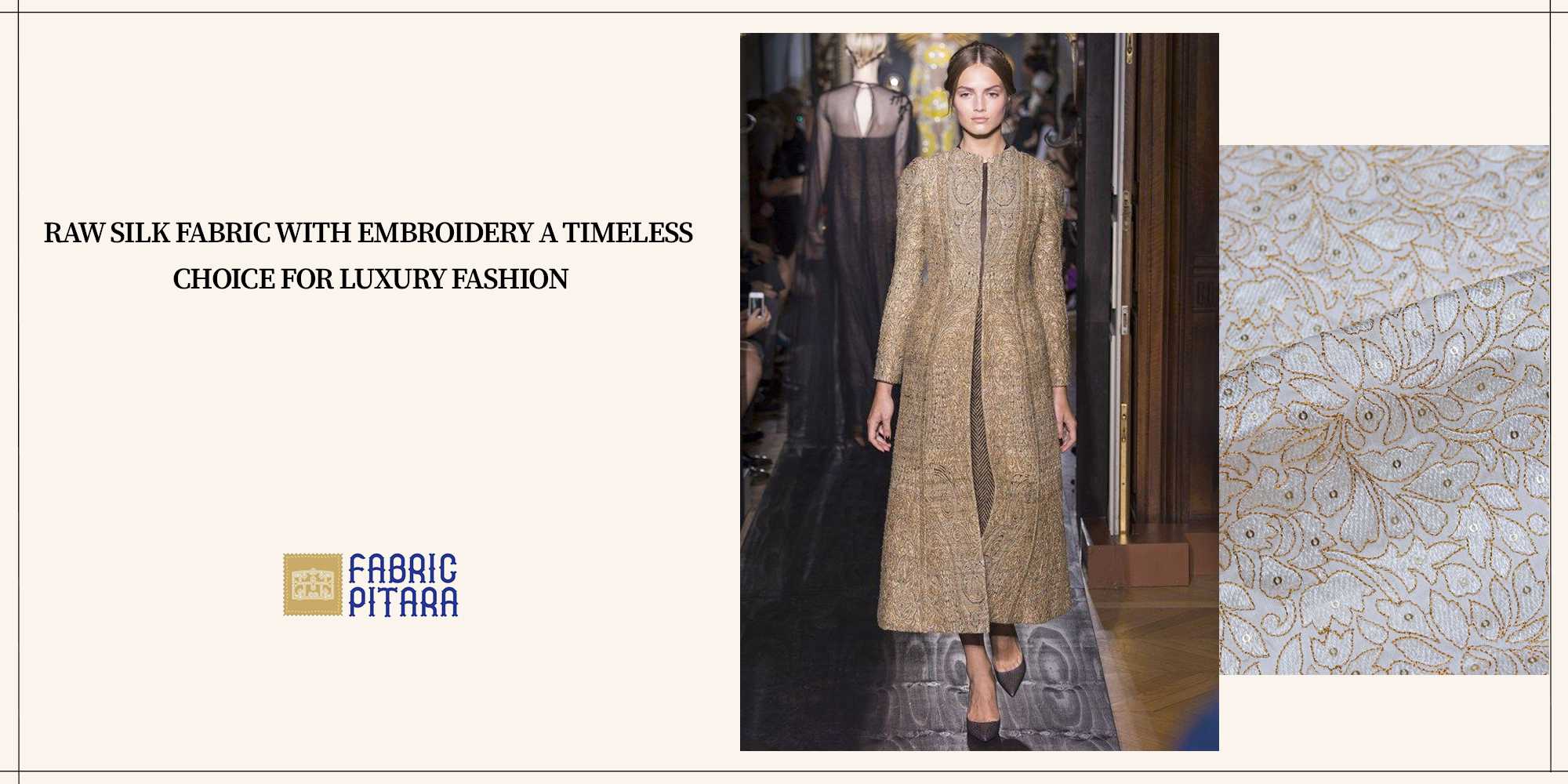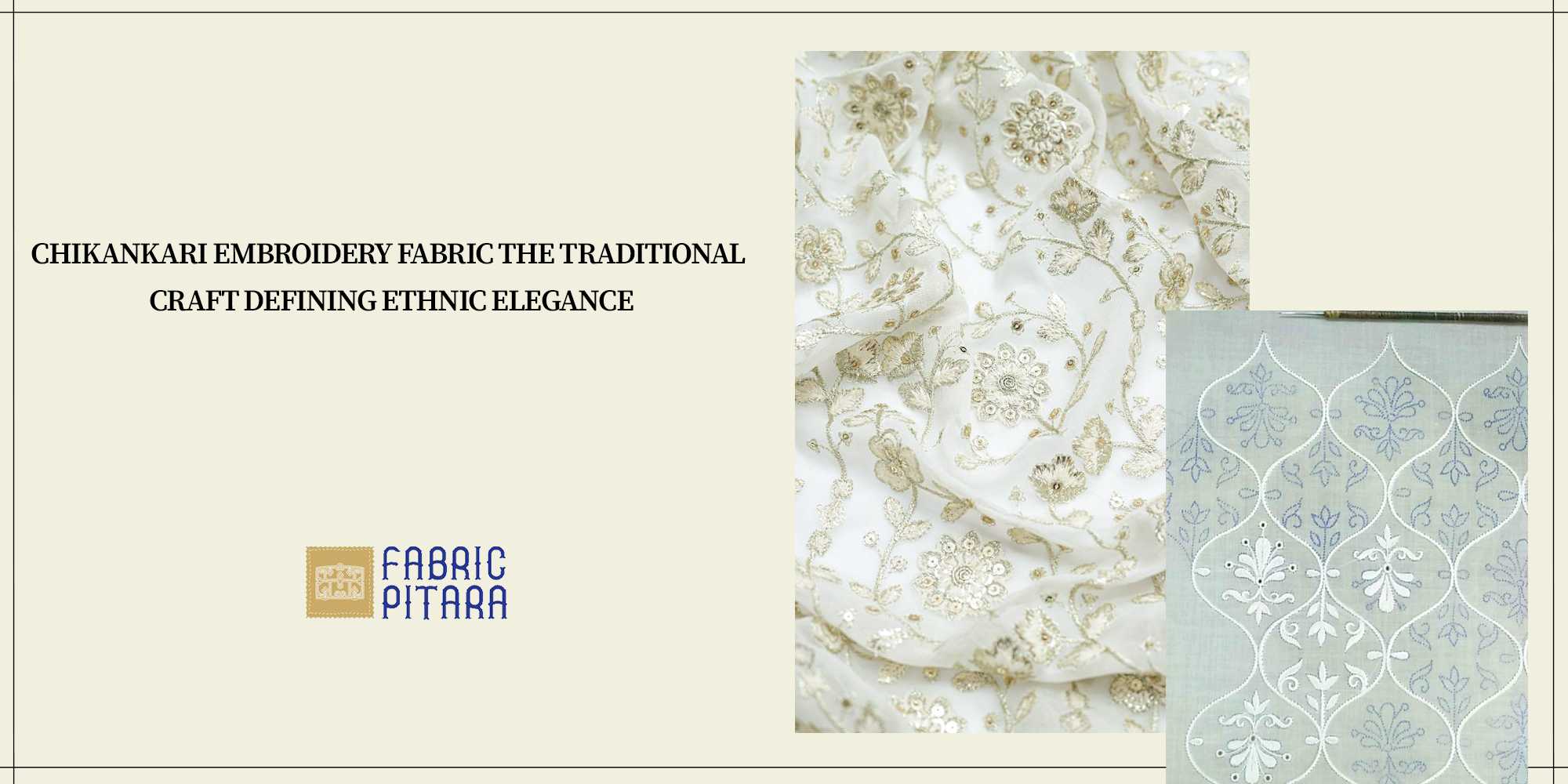How to Print on Linen: A Step-by-Step Guide for Perfect Results
Learning how to print on linen opens up a world of creativity to amateur and professional artists alike. Linen, a thick, breathable flax fabric, is ideal for long-range warm prints. Whether you want to create bespoke clothing, unique home decor, or your decor, mastering linen printing techniques can improve your productivity.
This guide will cover everything you need to know, from choosing the right fabric to installing fabric, printing techniques, troubleshooting common problems, and how to prepare if you have to turn fabric easily on stunning printed garments.
Importance and Popularity of Linen Prints
Printed linen has been in vogue for its beauty and versatility. The use of linen in fashion and home decor is increasing as it offers a blend of traditional aesthetics and contemporary styles. The linen’s natural texture and durability make it an excellent choice for advanced glossy prints, making it durable.
The breathability and comfort of linen also contribute to the fabric’s popularity, while its durable qualities make it ideal for accessories and home furnishings These properties have made linen printing popular with designer seekers wealth and utility.
Understanding Linen Fabric
1.What is Linen?
![[Assorted fabrics with colorful floral and leaf patterns.]-[fabricpitara]](https://fabricpitara.com/media/wysiwyg/Linen_1.jpg)
![[Assorted fabrics with colorful floral and leaf patterns.]-[fabricpitara]](https://fabricpitara.com/media/wysiwyg/Linen_1.jpg)
The flax tree's fibres are used to make linen, a natural textile. With roots in prehistoric societies like Mesopotamia and Egyptian culture, it has been in use for thousands of years.
Characteristics of Linen
Durability: One of the toughest natural fibers, linen is renowned for its stamina and resistance to abrasions.
Breathability: Because of its natural fibers' superior air circulation, lint is best used in cool weather.
Texture and Appearance: The unique texture of linen offers a little gritty feel that becomes softer with time. Its rustic beauty is enhanced by the natural slubs that it frequently has.
Uses of Linen Fabric
Textiles are helpful for a wide range of applications due to their strength and elegance. Linen is a popular fabric for summer clothing, including dresses and pants, since it breathes well and is comfortable. Sweat is wicked away by its organic components, which keep the user cool and dry. The fabric is ideal for blankets, pillowcases, and duvet covers in bedding because of its capacity to control body temperature and its hypoallergenic properties.
Textiles are also a popular option for placemats, tablecloths, and other table linens because they are comfortable and easy to maintain. When it comes to upholstery, linen's strength and durability give any home design a timeless feel.
Printing Techniques for Linen fabric
Screen Printing
![[Close-up of textile printing process, showing vibrant floral pattern being printed on white fabric]-[fabricpitara]](https://fabricpitara.com/media/wysiwyg/file_1__1.jpg)
![[Close-up of textile printing process, showing vibrant floral pattern being printed on white fabric]-[fabricpitara]](https://fabricpitara.com/media/wysiwyg/file_1__1.jpg)
Equipment Needed: Screen, squeegee, ink, and a printing frame6.
Step-by-Step Process: Prepare the screen, apply the ink, and use the squeegee to transfer the design onto the fabric.
Tips for Best Results: Ensure even pressure and consistent ink application.
Digital Printing
Overview of Digital Textile Printers: Modern printers that can handle detailed and multi-colored designs.
Process Description: Using precise nozzles, digital printers apply ink directly onto the fabric.
Advantages and Limitations: Offers high accuracy and vibrant colors but can be more expensive for small batches.
Block Printing
![[Hands using wooden block to stamp intricate blue pattern onto white fabric.]-[fabricpitara]](https://fabricpitara.com/media/wysiwyg/block_printing.png)
![[Hands using wooden block to stamp intricate blue pattern onto white fabric.]-[fabricpitara]](https://fabricpitara.com/media/wysiwyg/block_printing.png)
Traditional Techniques: Carve designs into blocks and manually press them onto the fabric.
Materials and Tools: Carving tools, ink, and blocks.
Step-by-Step Guide: Carve the design, apply ink to the block, and press onto the fabric.
Heat Transfer Printing
Process and Materials: Heat and pressure transfer designs from paper to fabric.
Tips for Durability: Ensure proper heat and pressure settings to make the prints last.
Stencil Printing
Creating and Using Stencils: Using stencils, cut out designs and fill in the spaces with ink.
Step-by-Step Process: After securing the stencil to the fabric and applying ink, carefully remove the stencil.
Conclusion
Printing on linen combines personal creativity with the naturally sustainable properties of this fabric. Warm clothing is best made from sturdy, breathable linen, whether it is used for accessories, home decor, or fitted apparel.
Every technique has its merits, whether a modern digital technique or a more conventional screen or block printing technique. Designers and others who want timeless beauty with a personal touch choose printed fabrics since they maintain quality over time with proper grooming and care.







